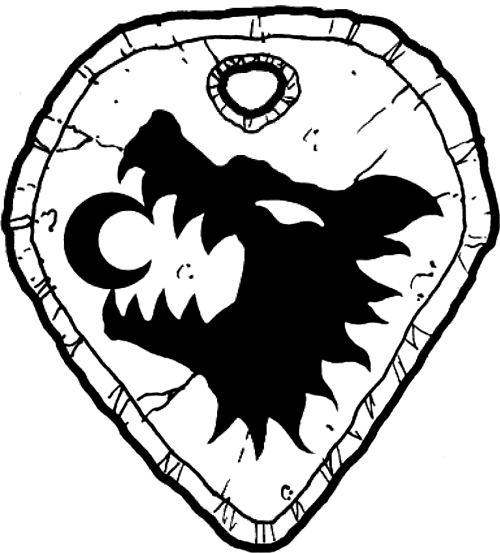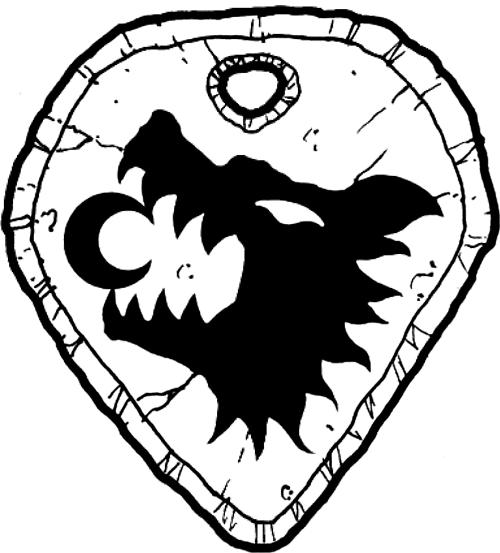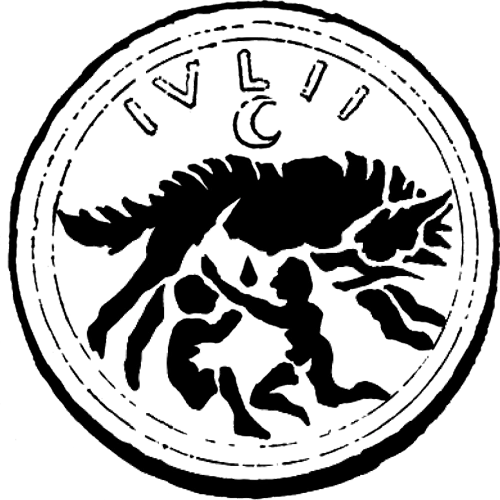A bloodline is like a clan, but its characteristics are not so universal. It might help to think of a bloodline as a “sub-clan.” Not all vampires are members of bloodlines. Each bloodline has a parent clan from which it distinctly diverges, yet claims descent. Kindred scholars have no reliable estimates of how many bloodlines exist in the world tonight, because bloodlines can arise at any time and few of them would stand up to be counted, even if some formal roster of them were made.
OPTIONAL BLOODLINE WEAKNESS: TRIUMVIRATE OF POWER
This optional bloodline weakness may be too potent for some chronicles, and not potent enough for others. Storytellers with a sizeable number of vampires belonging to bloodlines in their chronicle’s domain may get use out of this optional bloodline weakness, possibly even attaching it to a bloodline like the Gorgons or one drawn from Bloodlines: The Legendary. If bloodline-based vampires are rare in your chronicle (or even if Kindred themselves are especially rare!), this bloodline may be too restrictive to be of use to you:
“For any vampire from this lineage to gain the benefits of the bloodline’s unique Discipline, there must be at least three members of the bloodline within a fixed mystic range of one another. This range is a number of miles equal to the highest Blood Potency of the bloodline’s local members — the vampire whose Blood Potency defines the range is known as the Matron. Unless three vampires from the bloodline are within range of the Matron, none of these vampires may use the bloodline’s signature Discipline. If more than three members of the bloodline are within range, each additional member beyond the third imposes a cumulative –2 penalty on all dice pools to use the unique Discipline.”
Daeva

The Courtesans

The Daeva came from Asia to Rome in ancient times. To the Propinqui, they were known as cinaedi for their perversions and debauchery.
Gangrel

The Wanderers

Geographically, the Gangrel seem to hail from what is modern Eastern Europe, where they came into contact with the nascent Camarilla and were reluctantly drawn into that society.
Julii

The Founders

Masters of the Camarilla, lords over the dead, witnesses to a stum- bling Empire’s final fall, the Julii are synonymous with Rome’s lofty nobility and enduring strength. So long as Rome stands above, the Julii rule below.
Mekhet

The Seers

The origins of the clan lie in the deep nights of ancient Egypt, where they fled the sun into the necropolis and learned the secrets of the dead.
Nosferatu

The Worms

In a city of chaos and indulgence, the dead keep their fears hidden away in the dark. Embodying those fears are the Nosferatu, the monsters of Necropolis, who cultivate fear and wield it as a weapon.
Bloodlines
Larvae

Brutes

Criminal mercenaries, the Larvae hired themselves at a premium, mercilessly killing their targets, living or otherwise, in the most painful and humiliating manner the Larvae conceived. They were, as their name suggests, the “malicious dead.”
Licinii

Pretenders

Licina Piso, the founder of the bloodline, was Embraced by a Nosferatu who was himself possessed by a Strix. As a result, the childer she sired possessed both Julii and Nosferatu characteristics: specifically, they suffer from shocking deformations of their limbs and a predisposition to losing Humanity. The Licinii, however, are largely unaware of their hybrid nature; most of them regard themselves as pure Julii who are under some sort of curse.